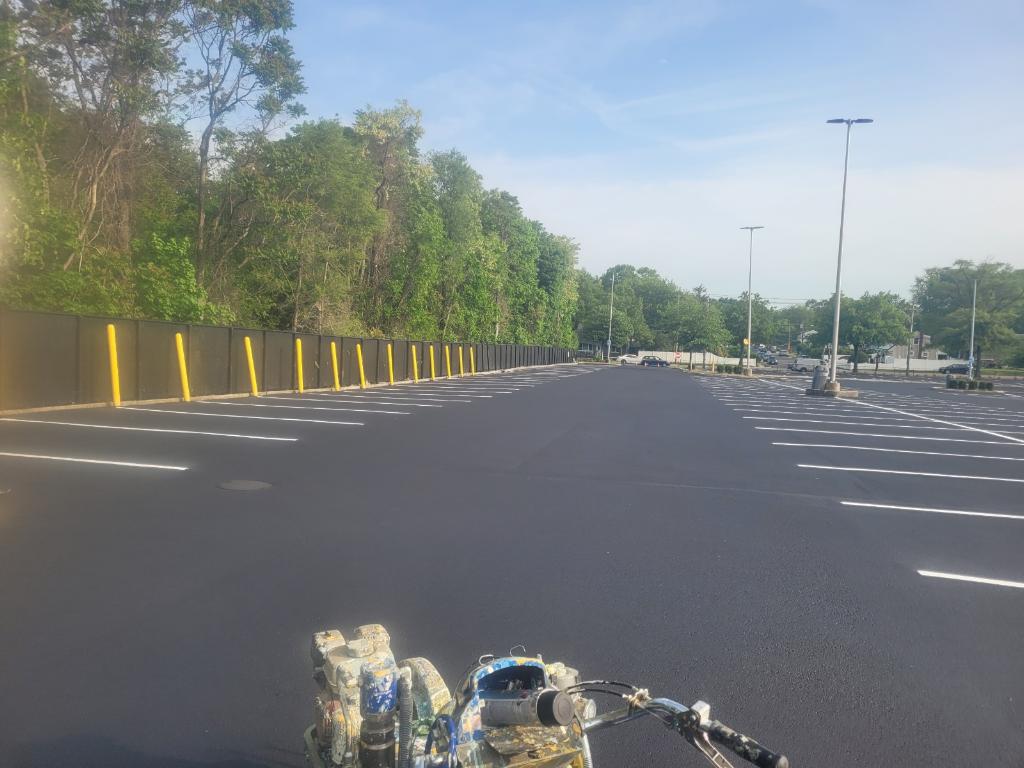
Asphalt pavements are rapid and economical to construct, offer better traction than concrete, and have an appearance that most people find visually pleasing. They can also have remarkable durability if they receive the proper care. However, many people do not realize that the care they give their new asphalt paving during its first few months can play a critical role in the life and health of their pavement.
Why Are the First Few Months Critical for Asphalt Paving?
One of the characteristics of an asphalt pavement is its ability to flex under loads, then rebound without suffering damage. However, this flexibility also makes it more vulnerable. Long Island asphalt paving can take as long as 10 months to reach this stage. Furthermore, asphalt paving in Islip and other communities on Long Island will likely need to cure for at least three months before sealcoating can occur. Unless your new pavement is treated with the proper kindness, you could almost immediately be on the hook for an expensive asphalt repair. You could also reduce the life of your pavement by up to 50%.
What Steps Should Be Taken to Care for New Paving?
An asphalt company can install many different types of pavement with a number of possible differences. Some pavements require a greater asphalt depth to support heavy loads, but others do not need to be as strong. Therefore, there are some questions that only the asphalt contractor who built your pavement can answer. However, most Long Island asphalt paving contractors recommend the following care for new pavements.
1. When your asphalt company installed your pavement, you should have been told when you would be able to start using it.
Depending on the time of year, the asphalt thickness, and other factors, the waiting time could be as little as 24 hours or as long as four days. Do not get in too big a hurry to start parking or driving on your pavement. Waiting the recommended time may seem like a major inconvenience, but your patience will be rewarded.
2. Until you sealcoat your pavement, be extremely proactive about removing any oil or other vehicle fluids that may drip onto your pavement.
Vehicle fluids soften asphalt pavements and spawn potholes. Sealcoating makes it harder for vehicle fluids to reach your asphalt pavement, but it cannot stop them forever. Thus, even after sealcoating, you want to make cleaning these spots part of your routine asphalt maintenance.
3. Your asphalt contractor designed your pavement based on the weight of the vehicles that will use it.
Although you should never allow heavier vehicles to access your pavement, it is especially critical to deny them access during the early months of your pavement’s life. They can leave ruts, cracks, and other damage in their wake.
4. Do not leave loads stationary on a new pavement.
This includes vehicles, heavy pallets, campers, and boats. Move them every three or four days to prevent depressions.
Royal Pavement is Long Island’s foremost paving contractor. We have experienced, highly respected, and known for our exceptional workmanship. Our services include asphalt paving, concrete flatwork, asphalt repair, parking lot striping, asphalt milling, site work, asphalt sealcoating, building maintenance, asphalt crack sealing, and sweeping and portering. Submit your request for a free quote by completing our online form, calling 844-777-7924, or sending an email to [email protected].

